Sweet Olive Tree Root System
Sweet olive tree root system. Back fill the planting hole with the displaced soil. Later on the original root system is replaced by another flocculent root system produced mainly by spheroblasts or conger formed in the olive tree neck just below the soil surface. Water the soil around the sweet olive tree deeply and thoroughly soaking the soil generously to help it.
Sweet olive trees grow readily from semi-hardwood cuttings gathered in late autumn which will root in approximately five weeks. Wilt disease hits sweet olive. Take a cutting in early winter when growth is slow.
The sweet olive tree prefers moist well drained soil. Sun in hot summer regions. This large shrub establishes quickly in either a full sun or a shady location.
Water it regularly so that the soil feels slightly damp but do not water so much that the roots are standing in water. The wider the hole the better. In regions farther north damage from low temperatures limits its growth so it is more frequently seen at 10 to 15 feet tall.
Plant your tree at the depth it has been growing in the pot. Fertilize before new growth begins in. Read more to learn if this is the perfect tree for your southern landscape.
It also has a weak wood structure. Basically the system is to prune the tree artistically to shape it and reduce its amount of top growth then trench around the roots preserving as much of the root ball as possible. Plants may grow up to 8 feet wide and reach 4 to 30 feet in height depending on the cultivar but they can also be pruned into a small tree if space is limited.
You dont need rooting hormone to successfully grow sweet olive. Full sun is ideal.
All in all these factors add up to a tree not hardy enough to withstand years of exposure to the elements so any cottonwood you plant may come down sooner rather than later.
Take a cutting in early winter when growth is slow. Its root system is aggressive shallow and rather pliant which makes the tree very unstable. It also has a weak wood structure. Wilt disease hits sweet olive. Olive trees require a well-drained soil and a sunny position. Avoid sites where water stands during rainy periods. This is a favorite old-fashioned shrub or small tree grown for its sweetly fragrant flowers. Later on the original root system is replaced by another flocculent root system produced mainly by spheroblasts or conger formed in the olive tree neck just below the soil surface. They also tolerate a very wide range of soil pH.
The sweet olive Osmanthus fragrans is a small evergreen shrub-like tree with dark-green leaves that have finely toothed edges. Basically the system is to prune the tree artistically to shape it and reduce its amount of top growth then trench around the roots preserving as much of the root ball as possible. It also has a weak wood structure. Dont let it dry out. This large shrub establishes quickly in either a full sun or a shady location. Most trees growing near buildings cause no damage. The root system of the olive trees develops vertically until the third to fourth year of its life.

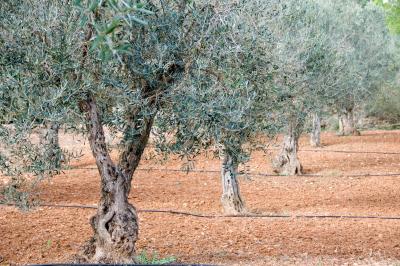


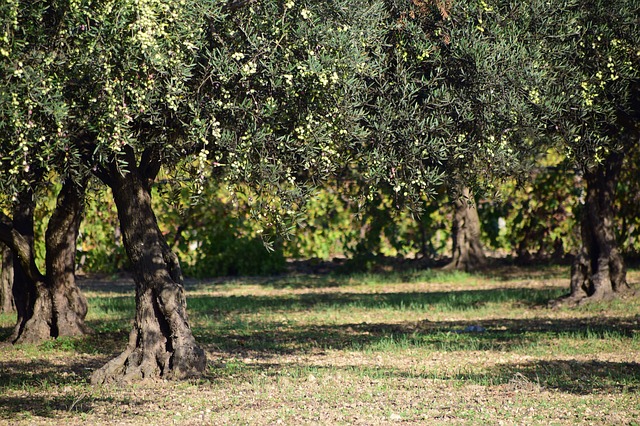
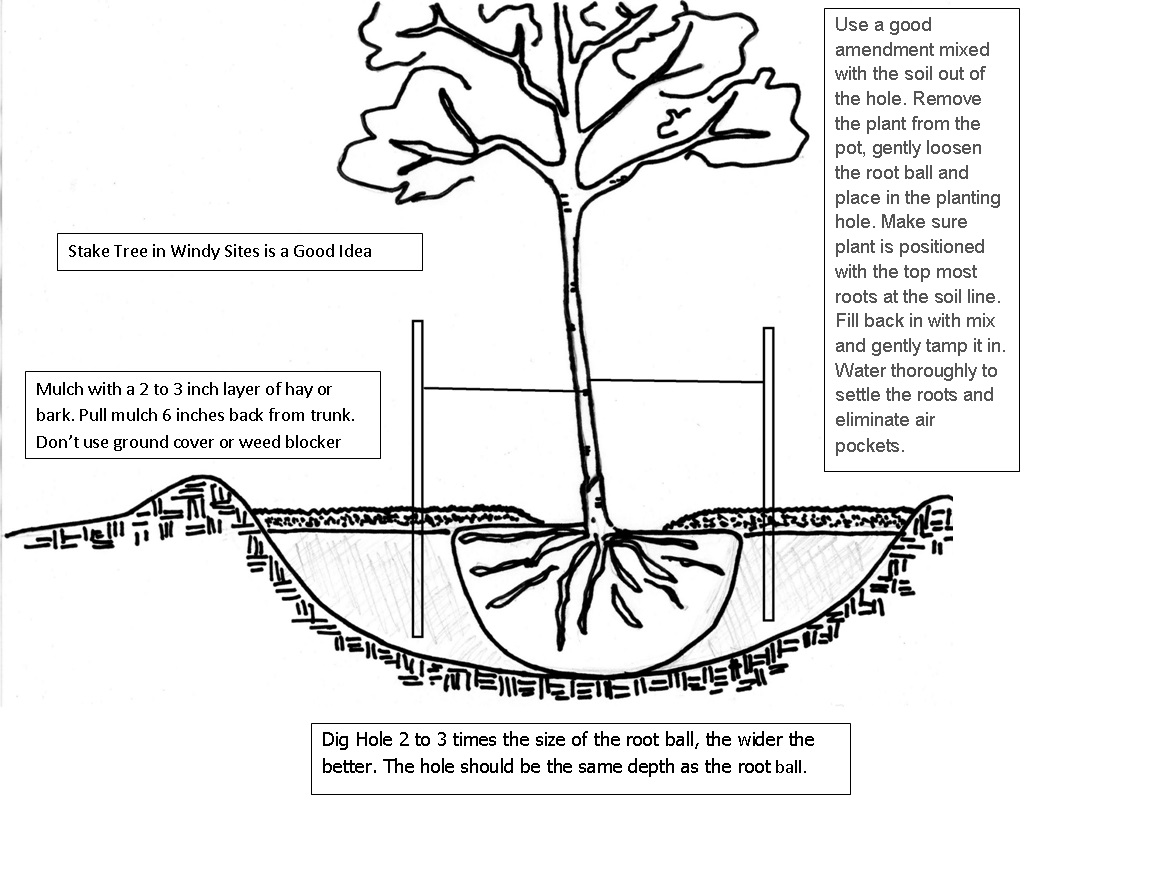






/teaolive-ba382a3d05e444698dc28a1b34fa6383.jpg)


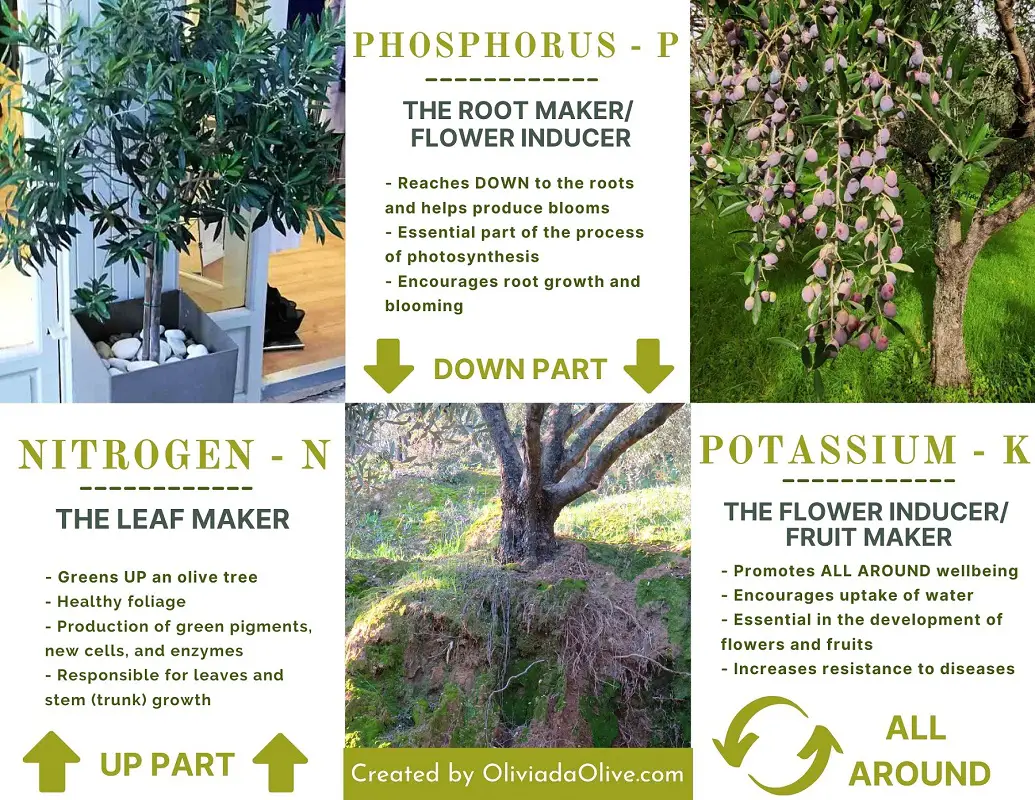
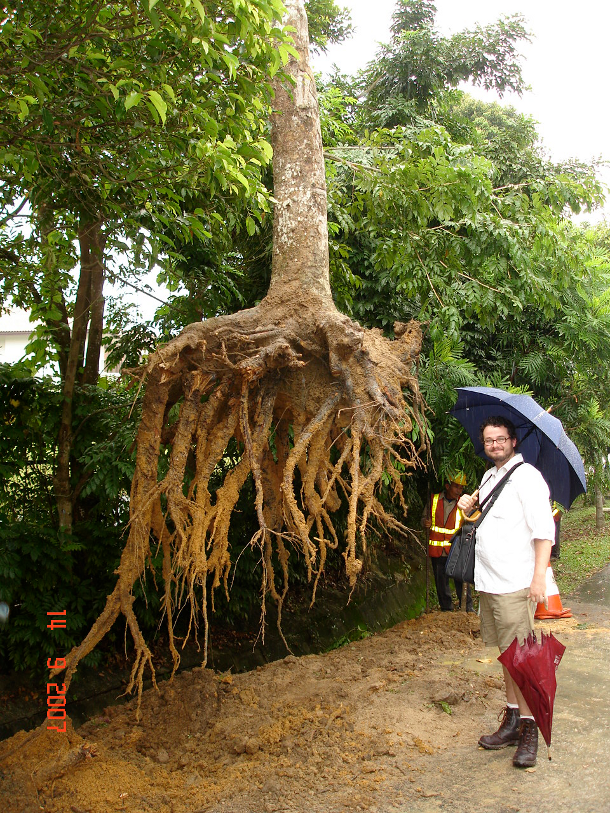

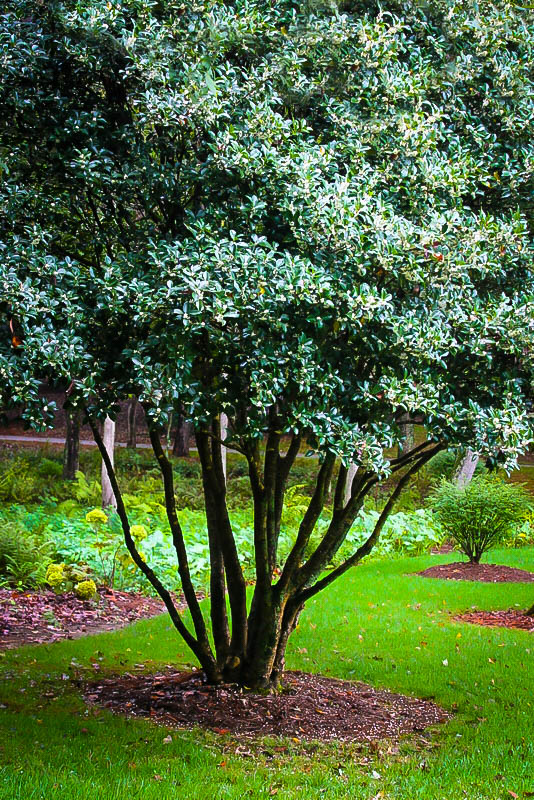

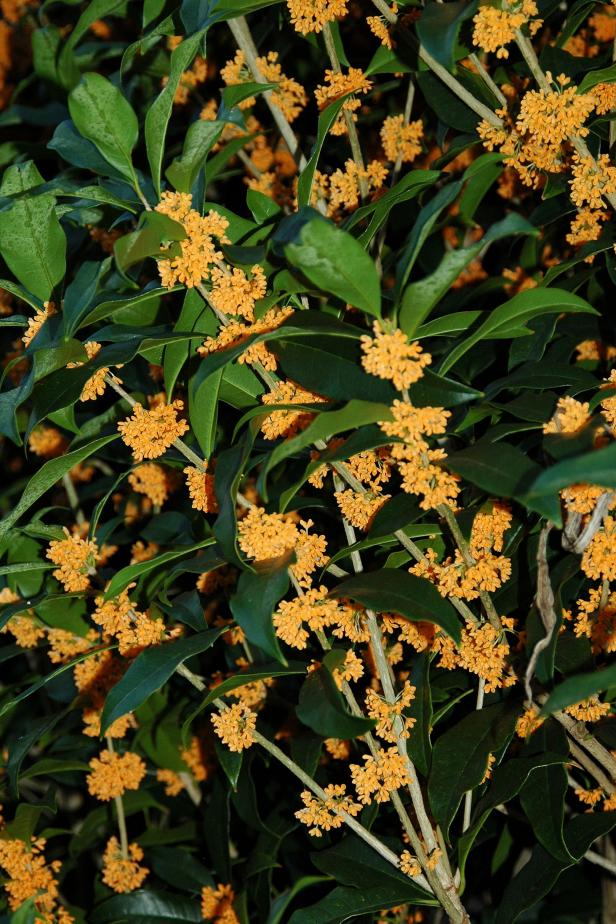
/cdn.vox-cdn.com/uploads/chorus_asset/file/21727239/AdobeStock_207176557.0.jpg)
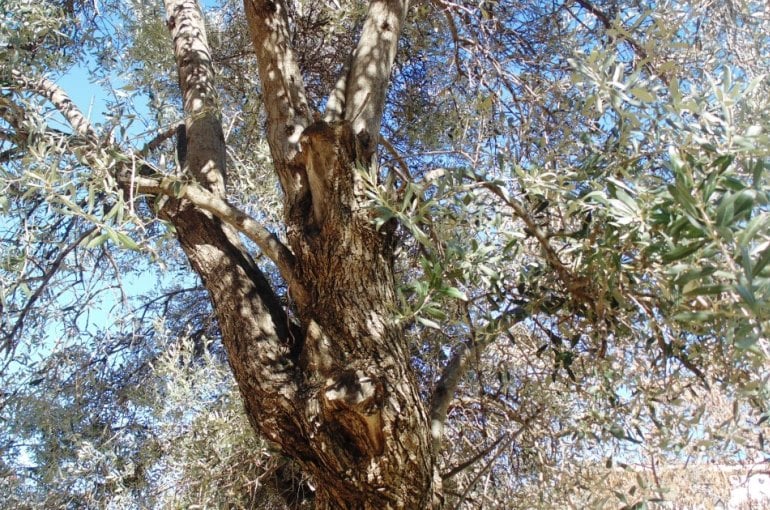
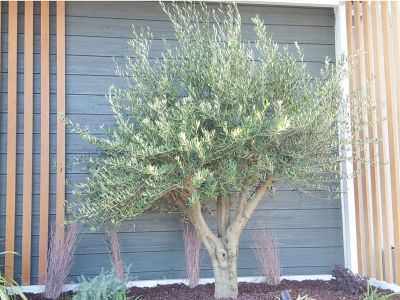













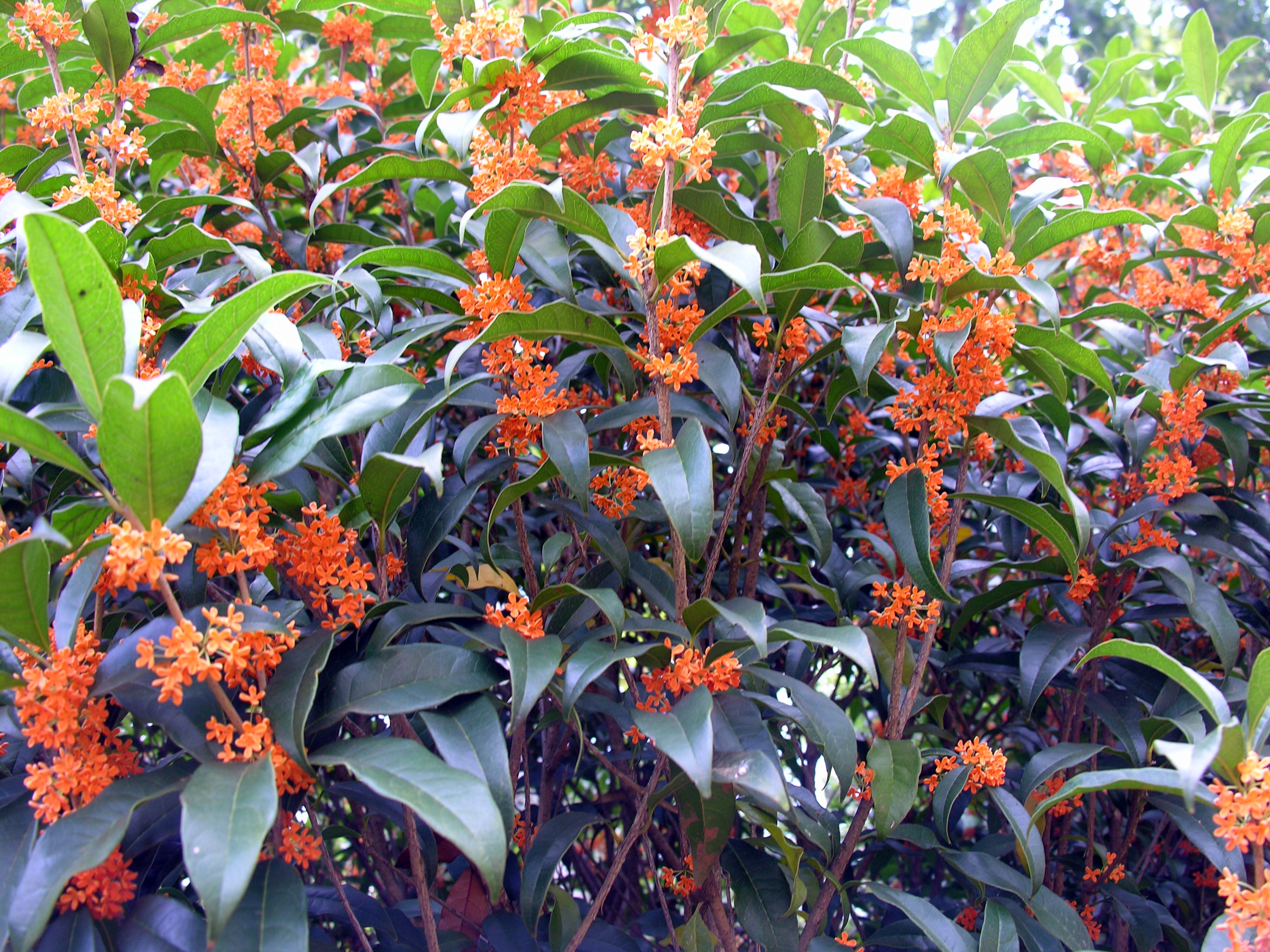


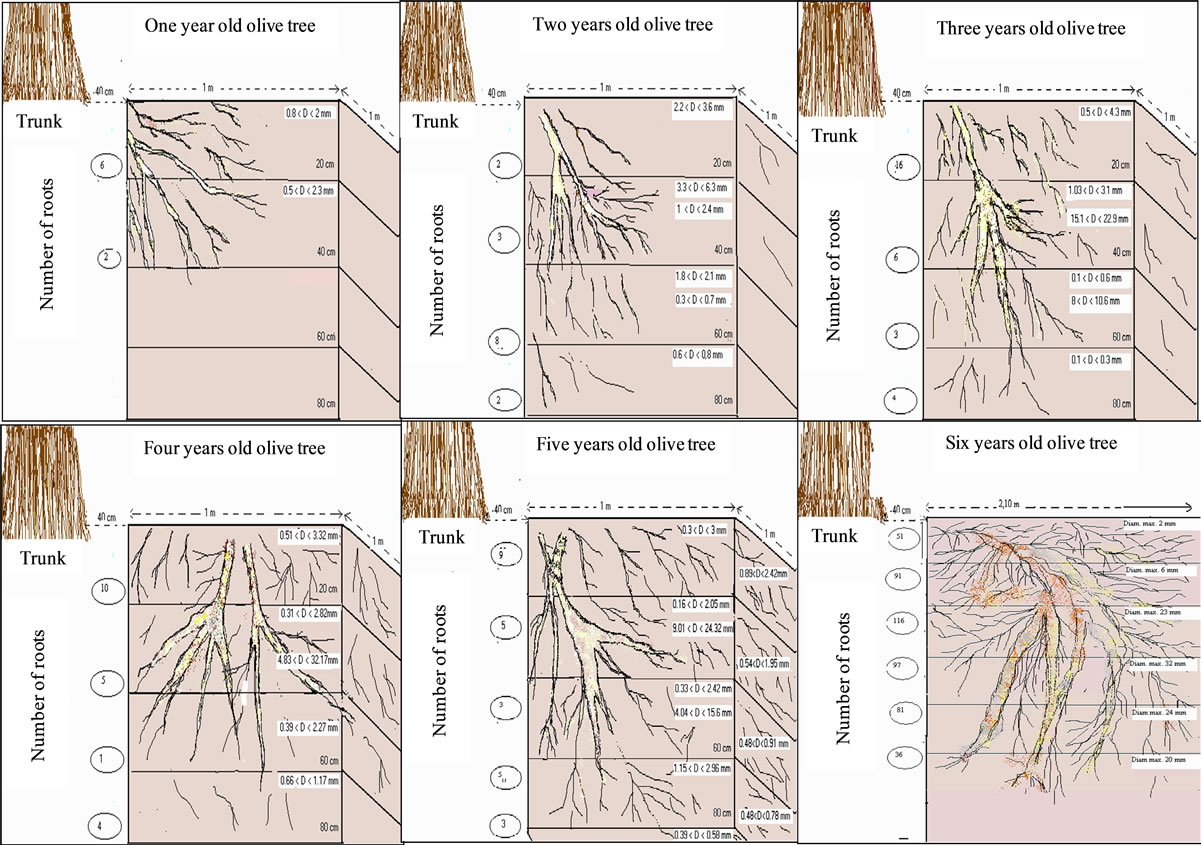

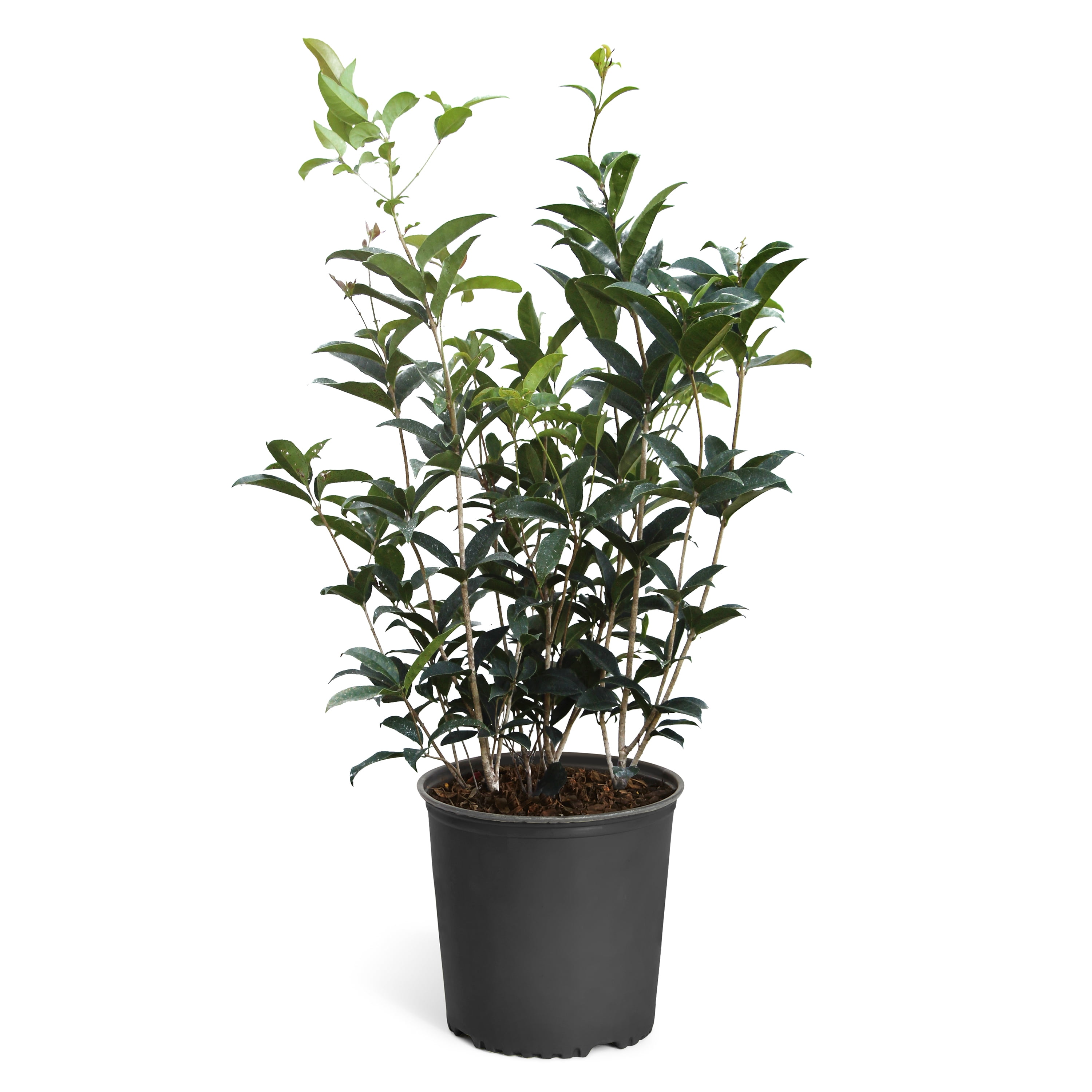

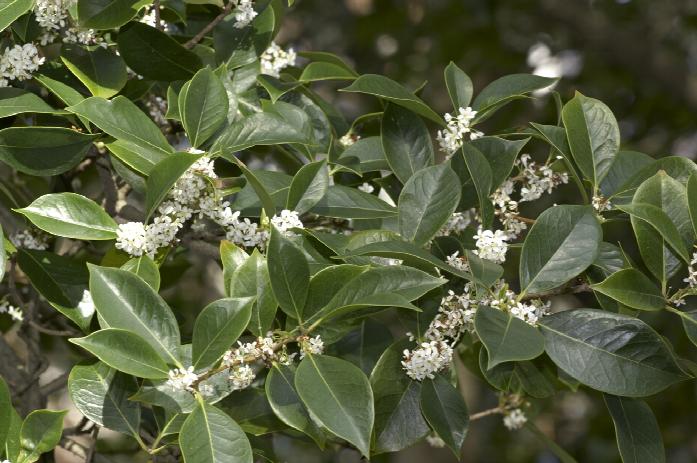

Post a Comment for "Sweet Olive Tree Root System"